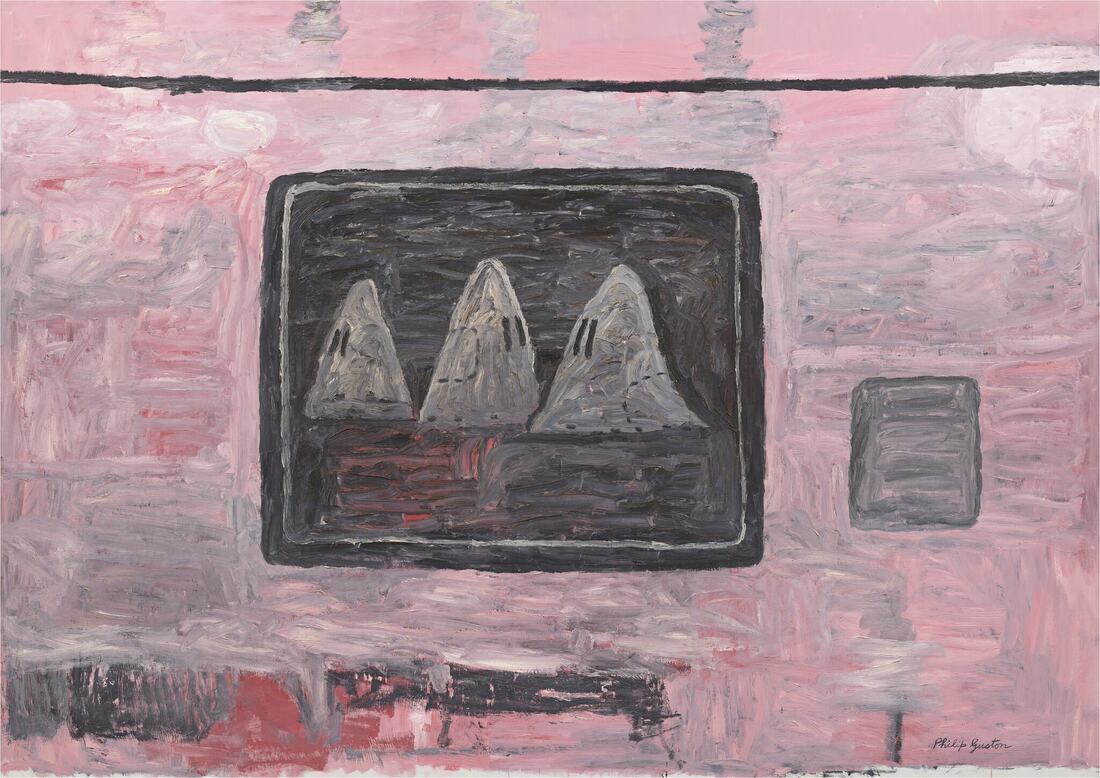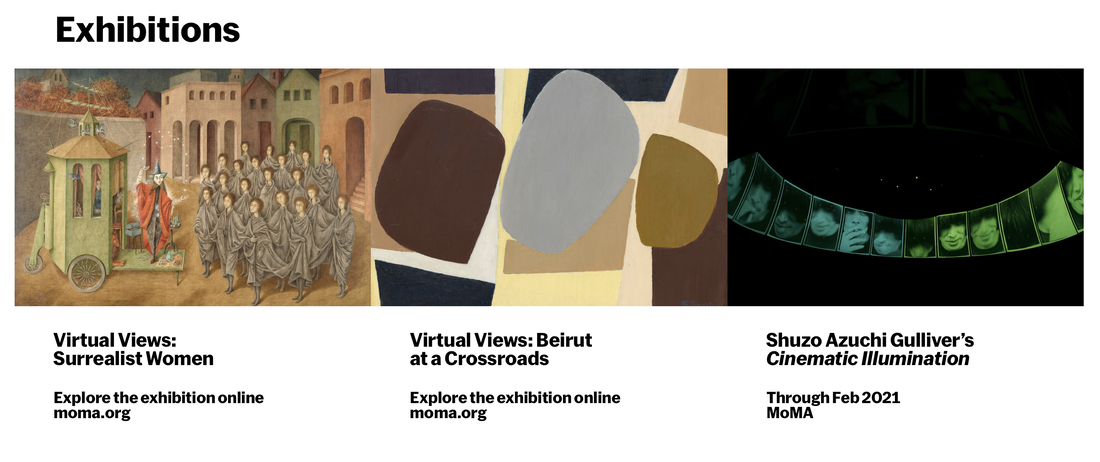|
Museums will be forever changed after 2020. A tsunami named COVID-19 crashed into the museum world and turned it upside down. The director of the Louvre said the Coronavirus has created the worst crisis for its institution in peacetime. Museums worldwide are still experiencing the effects. Over 28% of museum staff have been furloughed, museums worldwide have serious budget shortfalls, and according to the American Alliance of Museums one third of US museums are at risk of permanently closing. As I write this, thirty percent of museums worldwide are closed due to Coronavirus, and those that have opened are seeing drastic reductions in visitors. One worrisome example is the Van Gogh Museum in Amsterdam. Visitor traffic is down significantly. Typical number of visitors per day was in the 6,500 range, now it’s closer to 400 according to the museum director. Some museums, like those in Los Angeles-area where I live have been closed since March and won’t reopen until 2021. Museum attendance is not expected to recover to pre-COVID numbers until at least 2023, if not later. Compounding museums’ woes is the devastating tragedy of George Floyd’s death. It has been a catalyst for museum workers and the public to demand that racial inequities be addressed within museums’ staff and board of directors, as well as within its collections. Change is needed. For way too long museums have been irrelevant and unapproachable to the average person, There is an intellectual elitism associated with museums that they have perpetuated by their policies and practices. But there is a sliver lining. With any seismic upheaval like this one there is opportunity. Museums have been forced to re-evaluate how they serve the public given they are fundamentally, public-serving institutions. Even museums not funded by government dollars are obliged to serve the public given the tax policies and breaks for donors that allow these institutions to operate as non-profits. COVID has created an opportunity for museums to re-think how to engage with the public, how to make their spaces dynamic and relevant both online and in-person. Changes So Far With the initial COVID induced shut downs in March, museums around the world closed. Yet even when schools and other institutions re-opened, museums remain shuttered. Most perplexing were the museums that chose not to re-open even when they had the green light to do so. The message to the general public is clear—museums are in the category of “non-essential”. Museums and the culture they provide appear discretionary. Fortunately many museums were quick to assert their relevancy. They reacted by engaging virtual visitors with Instagram contests and live events, online virtual tours and YouTube videos. Others were later to the party but nevertheless adapted with online offerings. Some still haven’t figured it out—they have failed to offer coherent or adequate programs or resources online. They are stagnate in a fast-changing environment that demands adaptability. But change is happening in some museums, with new approaches to online offerings, collecting practices, exhibition and operational strategies. Below are three areas where change is happening, visible change that will move museums forward. 1. Online Presence It is exciting that many museums now liken the online visitor to the in-person one. Savvy museums have realized that the number of visitors who can visit online to its website, is exponentially larger than those who can visit in-person to its physical location. There is enormous potential to leverage digital technologies to attract and provide an experience for people who could never visit a given museum in-person. But it will be a shift for museums to consider online visitors the same as in-person ones. Typically museums have counted visitor numbers through tickets sales or entry counters. It’s been a metric for success. But similar to other public serving entities affected by the Coronavirus, the model needs to change. Below is a curated list of museums who have responded to the current environment of increased digital consumption, and offer robust and engaging online programs.
2. Rethinking Approaches to Exhibitions, Collecting and Interpretation Museums are re-thinking everything including what they exhibit and collect and how they interpret their collections in light of racial injustices underscored by recent events. The discussion about repatriation of artifacts is also taking on new significance. The pressure is on. Deaccessioning, where museums sell works of art to buy other works of art, is another hot topic. Some museums are selling artworks to fund purchases of works to balance inequities within their collections. But it’s not so easy for smaller museums especially. What happens when a key piece of art, one that is the main draw for the museum, is put up for sale? How does this impact the sustainability of the museum? One case study is Baltimore Museum of Art. It recently put up for sale three of its best-known works of art in order to use funds from the sales to purchase other works, with the goal of achieving equity within its collection. There was a huge uproar in the museum community. The sale was halted just hours before it was scheduled to begin. Two board members resigned over the controversy. This is just one of many ongoing debates within the museum world in 2020.  Image of painting by Philip Guston that was to be part of the exhibition that was postponed until 2024 because of concerns about works that show hooded Klansmen. The Klan paintings “require interpretation" according to the four museums who were putting on the exhibition (New York Times, September 25, 2020). Exhibitions in 2020 are also being re-examined, and not without controversy. A recent example is the postponement of a retrospective of Philip Guston’s works, originally scheduled for 2020. It is now postponed until 2024. The much-anticipated exhibition included works of cartoonish-style paintings of the Klu Klux Klan. Guston was the son of persecuted Jewish parents who immigrated to Canada from the Ukraine in 1913. The announcement from the four museums putting on the exhibition stated “postponing the exhibition until a time at which we think that the powerful message of social and racial justice that is at the center of Philip Guston’s work can be more clearly interpreted”. The statement went on to say that the additional voices and and perspectives need to be considered, and this would “take time”. But four years is ludicrous. Critics abound. The postponement is symbolic of all that is wrong with museums: the decades-long history of racial inequalities, the condescending nature of museums towards visitors, (that the public can’t contextualize and analyze artworks on their own), not to mention the glacial pace of change (case in point with this exhibition - four years to re-interpret the works). On the positive side, issues are being discussed and voices heard. 3. Addressing change: @ChangetheMuseum and @abettergugenheim There has also been pressure for change within museums’ ranks. Social media has played a role by allowing anonymous individuals to post experiences of racial profiling, undermining and discrimination experienced while working within museums. An Instagram account, @ChangetheMuseum is one platform, with over forty thousand followers. Some stories are shocking, museums are called out, often with names of museums and occasionally specific employees. The account has received criticism given their anonymous posters, and their call to boycott museums in October with their campaign #NoMuseumOctober. But the stories need to be heard. One hundred and sixty nine employees from the Guggenheim Museum in New York banded together calling themselves, ‘A Better Guggenheim’ and sent a letter to its board with allegations of sexism, racism and a toxic work place. The group's Instagram account, @abetterguggenheim, calls out the injustices at the museum publicly and demands that key people in leadership roles at the museum resign. The campaign is ongoing, and last month one of those named to resign did so. The New Museum Experience: 2021 and Beyond The museum in-person experience with COVID restrictions creates barriers for visitors, with limits on visitor numbers, the need for online bookings, and the constrained movement within the museum due to social distancing requirements, all which affect people’s willingness to visit. We already are seeing the effects as mentioned. As I've discussed, now is a great time for the museum experience to change, for museums to adapt to the needs of visitors, to shift their focus to involve and engage visitors. Below is a list of outcomes that museums could strive for, that leverage the challenges of 2020, in order to reset and re-create the visitor experience with new approaches and strategies.
Despite the challenges facing the museum world I am optimistic, but cautiously so. Some museums will be able to adapt, and are already doing so by taking bold steps to create dynamic experiences. MoMA in New York is a good example, as is the McMichael Canadian Art Collection. I look forward to visiting museums that prevail beyond 2021—online and in-person; those that can create a museum experience that is visitor-focused, dynamic, engaging, relevant and real. I can hardly wait. Comments are closed.
|
Museums for Real is a blog with insights and ideas on how to make museums relevant and enjoyable for everyone.
|

